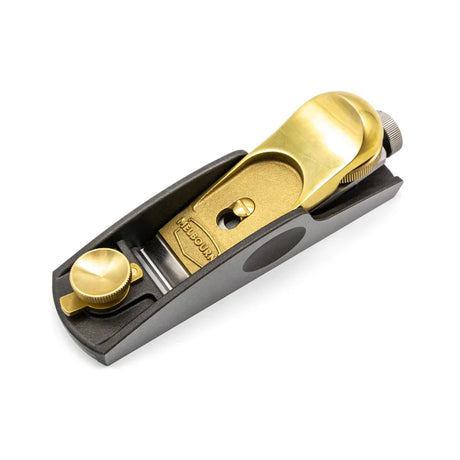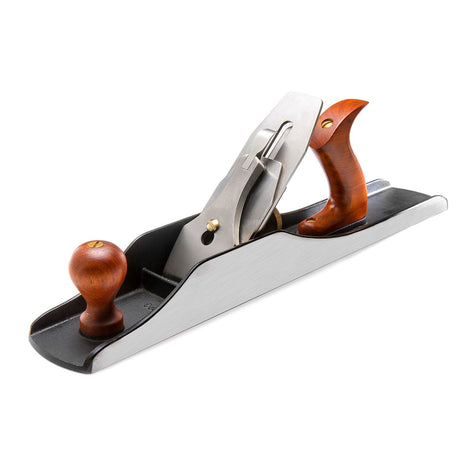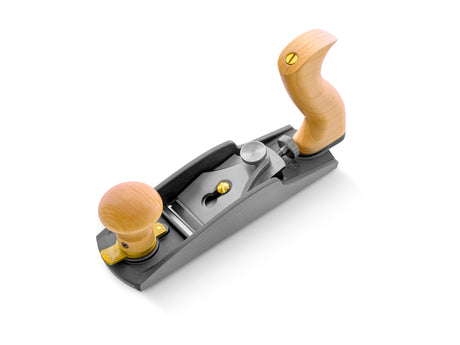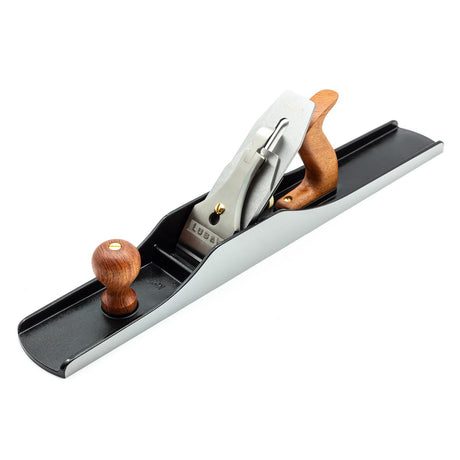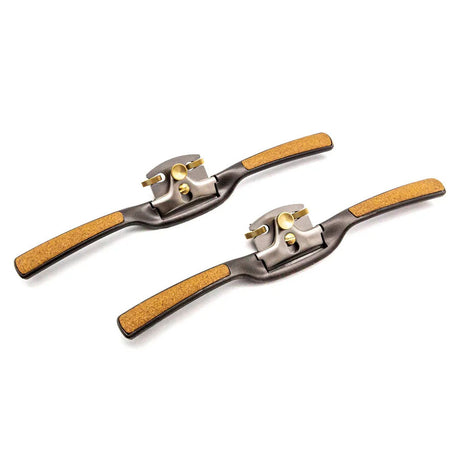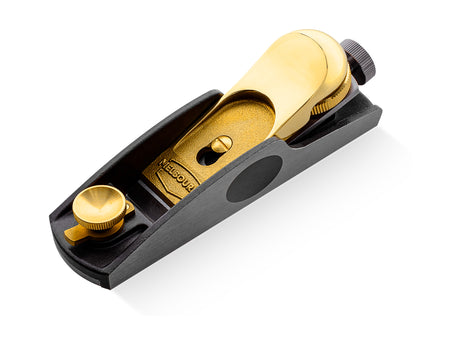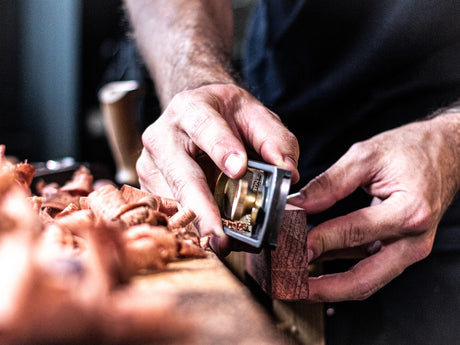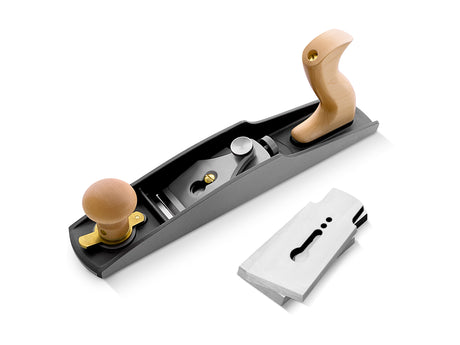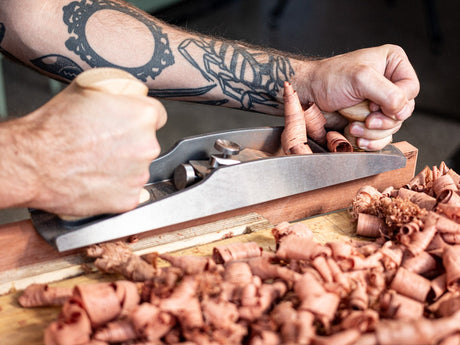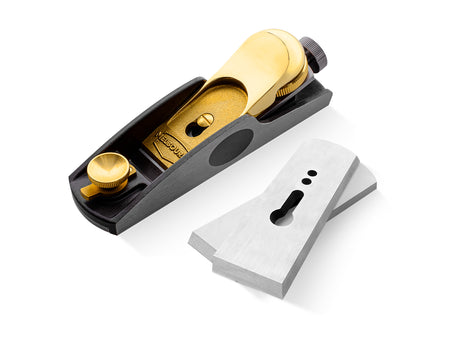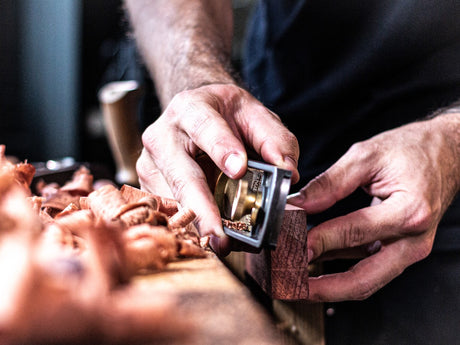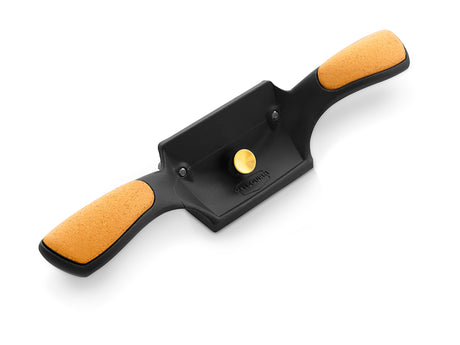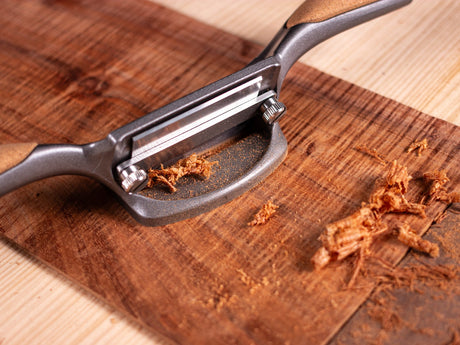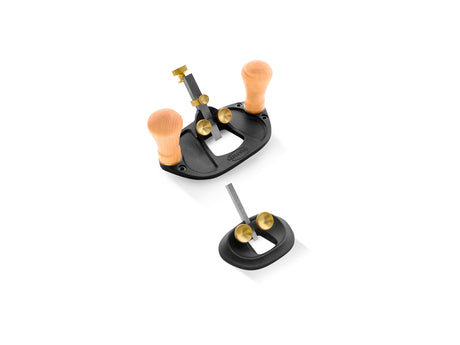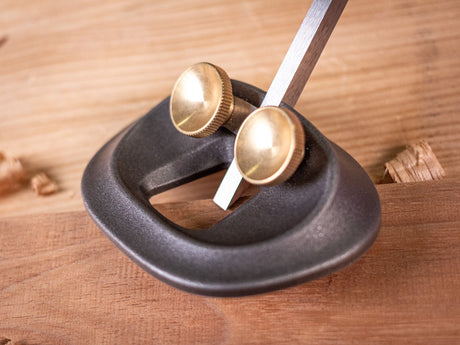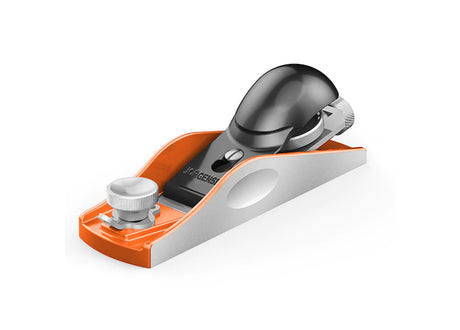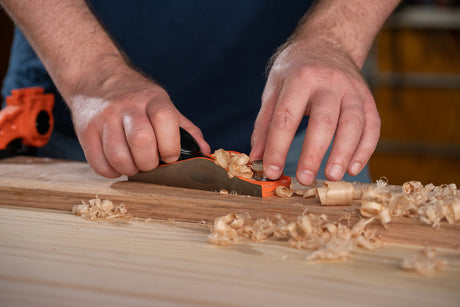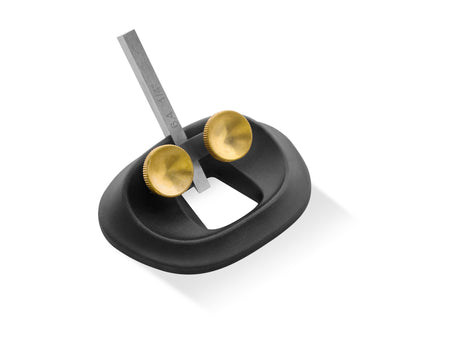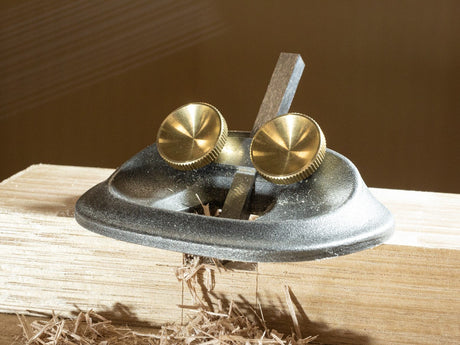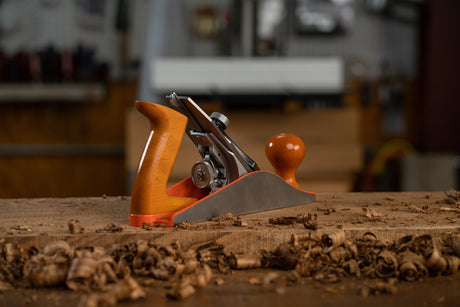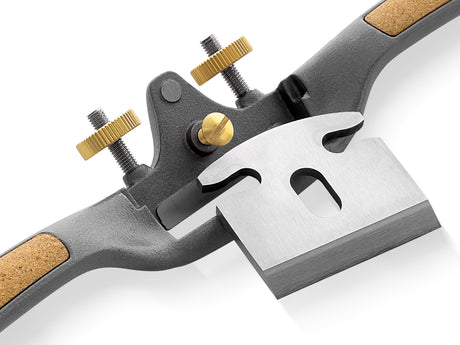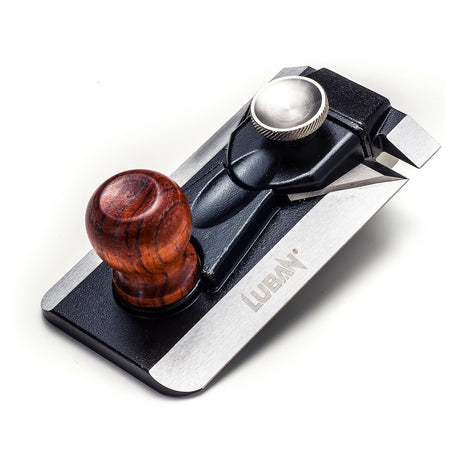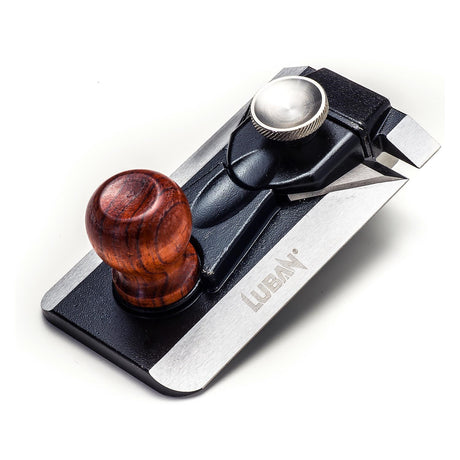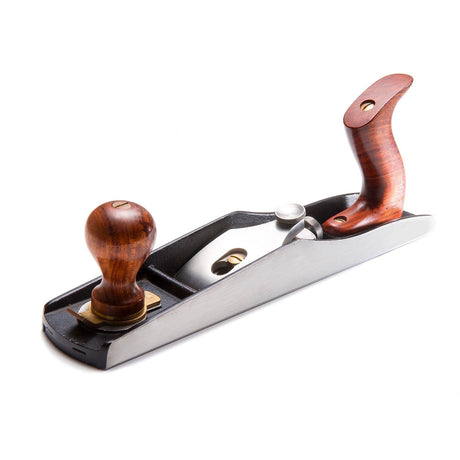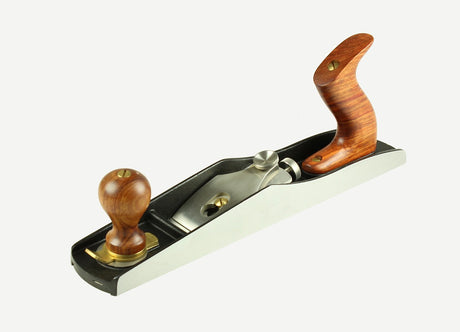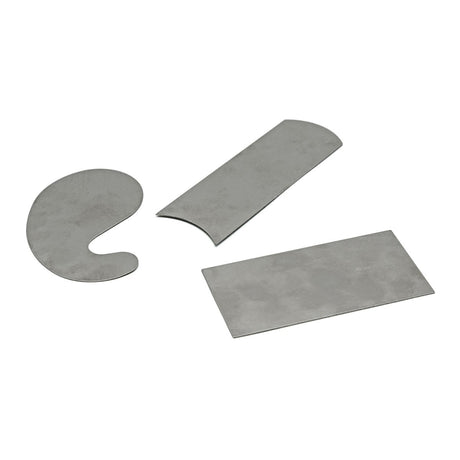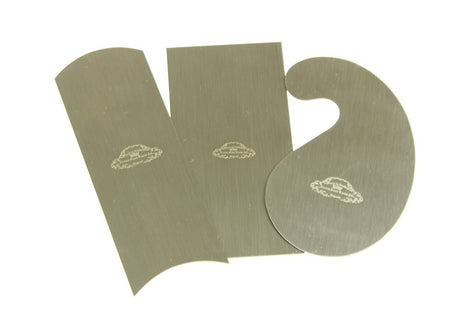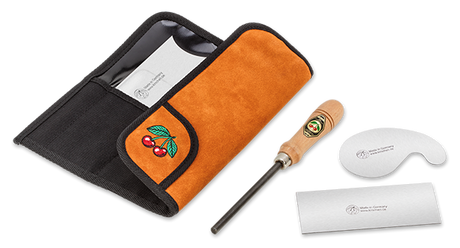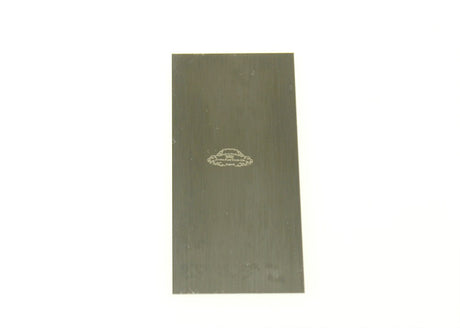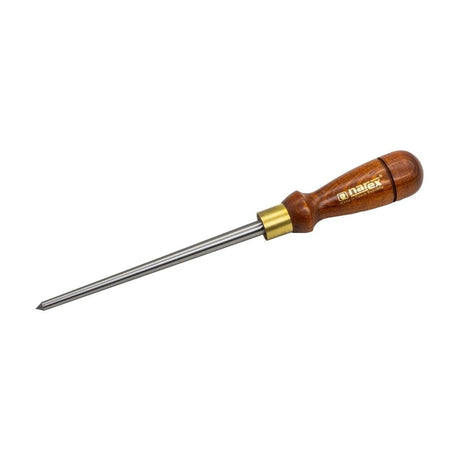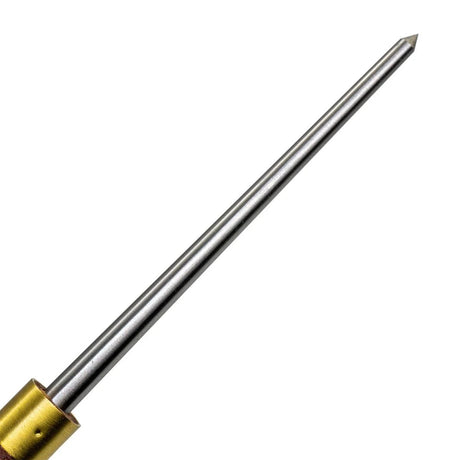Melbourne Tool Company
Melbourne Tool Company Low Angle Block Hand Plane
$140.00$165.00Unit price /UnavailableMelbourne Tool Company
Melbourne Tool Company Low Angle Jack Plane Plus Additional Blades
$359.00$448.80Unit price /UnavailableMelbourne Tool Company
Melbourne Tool Company Low Angle Block Plane Plus Additional Blades
$204.00$254.80Unit price /UnavailableMelbourne Tool Company
Melbourne Tool Company Cabinet Scraper Carbon Steel Ergonomic Handles
$84.00$99.00Unit price /UnavailableMelbourne Tool Company
Melbourne Tool Company Set of Two Small & Large Router Hand Planes
$294.00$368.00Unit price /UnavailablePony Jorgensen
Pony Jorgensen Low-Angle Block Hand Plane
$52.90$74.90Unit price /UnavailableIn stockMelbourne Tool Company
Melbourne Tool Company Small Router Hand Plane Grooving Tool
$101.00$119.00Unit price /UnavailablePony Jorgensen
Pony Jorgensen No. 4 Smoothing Hand Plane
$99.90$149.90Unit price /UnavailableIn stockMelbourne Tool Company
Melbourne Tool Company Flat Sole Spokeshave Ergonomic Handles HSS Blade
$115.00$135.00Unit price /UnavailableIn stockLuban
Luban Side Rabbet Plane Vertical Groove Trimmer
$119.00$139.90Unit price /UnavailableIn stockNSB
Cabinet Scraper 3 Piece Set Rectangle Gooseneck Curved
$17.50$21.90Unit price /UnavailableLow stock (10+ units)Crown
Crown Traditional Cabinet Scrapers Set of 3 Rectangle Convex Gooseneck
$44.90Unit price /UnavailableKirschen
Kirschen Two Cherries Cabinet Scraper Set in Leather Wallet with Burnisher
$70.00$78.00Unit price /UnavailableVery low stock (4 units)Narex
Narex Tapered Burnisher for Card Scrapers and Cabinet Scrapers
$46.50$54.90Unit price /UnavailableIn stock
Choosing the Right Hand Plane for Every Woodworking Task
A hand plane is one of the most essential tools in any woodworking shop, used for flattening, smoothing, and shaping wood surfaces. Whether you're using a traditional wood plane, a hand planer, or a modern wood planner, these tools provide the precision and control needed to bring out the best in timber. With the right technique, a hand plane allows you to follow the grain, fine-tune joints, and produce a clean, level finish that power tools often can't replicate.
The range of hand planes available is vast, with options suited to nearly every woodworking need. Block planes and mini planes are ideal for trimming end grain and working on small-scale projects, while jack planes and jointer planes are great for flattening larger surfaces. Specialist tools like rebate planes and shoulder planes help refine joinery, and wooden planes offer a classic touch for those who appreciate traditional craftsmanship. Selecting the right type of hand plane depends on the task and wood type, but having multiple planes in your kit ensures flexibility and accuracy.
Keeping your plane tool in optimal condition is critical to its performance. Regular maintenance—such as sharpening the blade, flattening the sole, and ensuring proper blade alignment—will keep your hand plane slicing smoothly through wood. Many woodworkers use honing guides and sharpening stones to maintain a consistent bevel. Additionally, cleaning and oiling your plane helps prevent rust and extends its life, particularly for high-carbon steel blades commonly found in quality hand planes.
When comparing top rated hand planes, look for models that suit your woodworking style. Consider ergonomics, blade quality, and adjustability. Whether you're a beginner exploring different types of hand planes or an experienced craftsperson using a plane for fine woodworking, choosing the right tool makes a noticeable difference in finish and efficiency. For those doing plane woodworking frequently, investing in a reliable, well-tuned handplane can elevate your entire woodworking experience.
FAQs
What is a hand plane used for in woodworking?
A hand plane is used to flatten, smooth, or shape wood surfaces by shaving thin layers off the material. It's ideal for levelling panels, fitting joints, and achieving a polished finish.
Is there a difference between a hand plane and a wood plane?
The terms are often used interchangeably. "Hand plane" generally refers to the tool's manual operation, while "wood plane" emphasises its use on timber. Both describe tools designed for planing wood by hand.
What types of hand planes should I start with?
Beginners should consider a jack plane for versatility, a block plane for trimming, and a smoothing plane for final finishes. These three cover most foundational tasks in woodworking.
How is a hand planer different from a power planer?
A hand planer (or hand plane) is manually operated, offering more control and precision. A power planer removes material faster but with less finesse, and is better for rough dimensioning.
Can I use a mini plane for full-size projects?
Mini planes are great for small areas and detail work, but they lack the length and mass needed to flatten large surfaces. They're best used as supplementary tools.
What makes a top rated hand plane stand out?
Top rated hand planes feature quality materials (such as ductile cast iron and high-carbon steel), ergonomic design, precise adjustability, and consistent performance across different woods.
How do I maintain a wooden plane?
Wooden planes require care to prevent warping. Store them in a dry space, occasionally apply oil or wax, and keep the blade honed and the bed flat for accurate results.
Is a wood planner the same as a hand planer?
While both terms refer to tools used for smoothing wood, "wood planner" can sometimes imply an electric or benchtop tool. A hand planer is manually operated and offers greater control for fine work.
Can a hand plane be used on soft and hardwoods?
Yes, hand planes work on both. Just ensure the blade is sharp and properly adjusted. Hardwoods may require more frequent sharpening due to their density.
What is the best hand plane for beginners?
A no. 5 jack plane is a great starting point. It's versatile enough for roughing, smoothing, and edge work—making it ideal for learning the fundamentals of plane woodworking.

